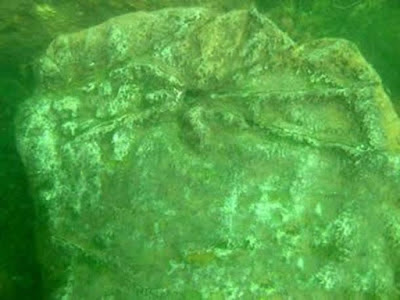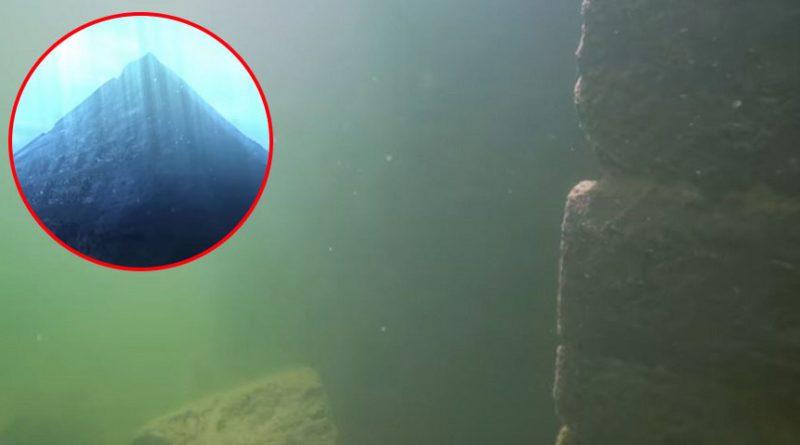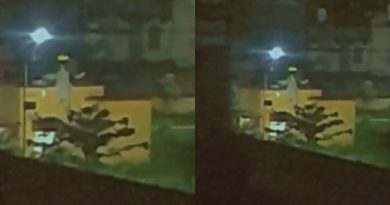The results convinced experts in the field that the remains at the bottom of the lake once belonged to an extremely complex and advanced ancient culture that inhabited the region in the distant past, capable of building massive structure and more importantly, Pyramids.
One of the submerged pyramids at the bottom of Lake Fuxian has a circular shape and has a base of around 37 meters, while the other two, of greater height, are connected to each other by a corridor of stone of 300 meters of length.
Is it possible that the ancient structure located beneath Lake Fuxian are the remnants of an ancient culture that flourished before Earth’s last Ice Age? And is it possible—as author and researcher Graham Hancock argues—it was around 13,000 years ago when a cataclysmic event wiped out advanced civilizations from the surface of the planet?
After over thirty dives and aid from submarines, experts discovered the remains of massive stone slabs, stairs, and walled structures. However, that was not enough to understand what exactly was located at the bottom of the lake.
Then, in 2001, archaeologists from the Hunan Provincial Museum used advanced sonar equipment and cameras to survey the bottom of the lake for the first time ever.
The results convinced experts in the field that the remains at the bottom of the lake once belonged to an extremely complex and advanced ancient culture that inhabited the region in the distant past, capable of building massive structure and more importantly, PYRAMIDS.
According to experts, a Sun-shaped intaglio [type of carving] on a stone is very rare. Such suns with four radial lines were found on bronze drums from the Spring and Autumn Period (722-481BC). However, the symbol on the stone is believed to be even older than that–far more than 1,800 years old. They also found on the stones some carvings resembling masks. The flat cheeks and indented teeth of the masks do not match the facial characteristics of human beings.
Other marks found at the site include “0” and “1” signs and seven holes carved in a neat design in the stones. Some simple line drawings were also found, one of which resembles a human face. On some other stones were carved signs looking like Roman numeral “1” and the English letter “y” arranged in a row.
Experts admitted it is not yet possible to decipher these symbols.
Recently, the investigation team found numerous regularly placed stones featuring mysterious carvings. The new discoveries proved that the magnificent architecture was built by civilized human beings, but cast doubt on experts’ previous suppositions.
According to Life News (a Chinese newspaper), it was recorded in historical documents that a city named Yuyuan was established in the Fuxian Lake area in the Western Han Dynasty (206BC-24AD), but this city stopped in historical records after the Sui and Tang Dynasty (589-907AD). Local legend has it that Yuyuan City and its people sank to the bottom of Fuxian Lake.
Historical records show that the city ceased to exist after the Sui and Tang Dynasty (589-907AD). Curiously, according to local legends and folklore, the ancient city of Yuyuan and its people sank to the bottom of the lake. So, did experts find the remains of the ancient city of Yuyuan? The answer is no.
Why? Because after several studies, experts concluded that the sunken city Yuyuan or the capital of the ancient Dian Kingdom was in fact constructed mostly out of wooden and clay materials. The remains at the bottom of the lake are mostly made of stone.
Sonar surveys have shown that the architecture complex at the bottom of Fuxian Lake covers approximately 2.4 square kilometers (10.8 million square feet), larger than the capital of the Han Dynasty. The archaeologists cannot help but wonder why such a large city left no trace in historical records.




